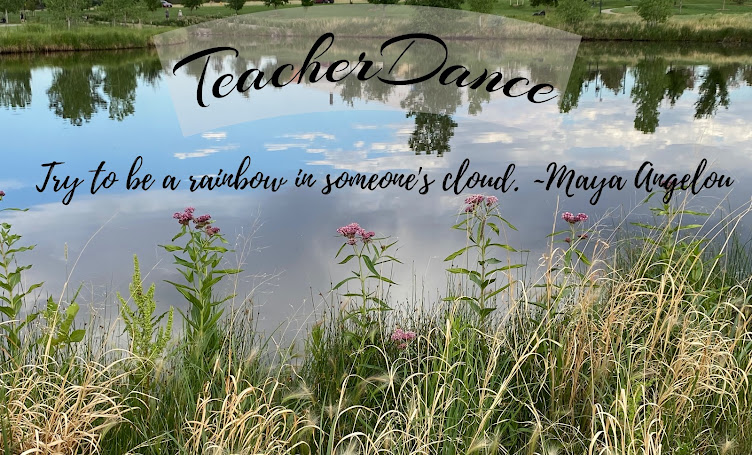 Visit Alyson Beecher on Wednesdays for Non-Fiction Picture Books at Kidlit Frenzy -- hashtag #nfpb2020! Thanks to her hosting and sharing. From others, too, who add their posts, you can discover and celebrate terrific nonfiction picture books!
Visit Alyson Beecher on Wednesdays for Non-Fiction Picture Books at Kidlit Frenzy -- hashtag #nfpb2020! Thanks to her hosting and sharing. From others, too, who add their posts, you can discover and celebrate terrific nonfiction picture books! Wishing everyone safety and good health in your lives, family and friends, too. It's a time filled with questions, learning how to adapt to new ways of living.
Thanks to Candlewick Press for the copy of this book, out April 14th!
I know that we in these modern days might never really understand the fright, pain, and sorrow of being enslaved, but we can try our best to learn, through reading the author's stories that are available, sometimes using a slave's own words to tell the story. This is what Carole Boston Weatherford has done in this poignant account of Henry 'Box' Brown, a slave who through final and unimaginable circumstances finally thought he had nothing to lose. He'd already lost all that counted, his beautiful wife and children.
There is a hint at the beginning right after the title page that readers should look closely as they read. A concrete poem creates the number six, the number of sides in a box. As Weatherford writes Brown's story by letting him tell it, from early life to the end, nearly all the poems are written with six lines. There is one direct quote from Brown at the beginning, from his own autobiography. Part of it reads "I was a slave because my countrymen had made it lawful. . . for the strong to lay hold of the weak and to buy and to sell them as marketable goods". He was born near Richmond, Virginia in 1815.
The pages mostly alternate between a few poems, then a beautiful painting by Michele Wood. Early life as a boy shows the beginnings of the brutality. In "Work", he shares that "Every few months, I trudge twenty miles/With my brother, carrying grain to the mill." At fifteen, in "Split", his family of father, mother, and seven brothers and sisters are sold and Brown lands in a Richmond tobacco factory. He falls in love and is granted permission to marry Nancy, but faces being split from family again, yet manages to stay with her and their children through a few sales. Those sales also mean varying "Overseers", crueler with every change.
Henry's life shows his deep family love, but there comes an end when there are no more ways to keep his family together and he asks: Lord, what more do I have to lose?" His idea put together both shocks at his courage and amazes with his ability to stay alive as he is moved in his box from place to place on his way to Philadelphia. The rest of the story shows him creating a show to tell his story, helping the abolitionists in the states, but having to flee to England when the Fugitive Slave Act is passed.
Wood's paintings feel like folk art painted during the time, filled with characters full of the emotions of love and sadness. rendered beautifully. With the poetry, the story is one to know, for older readers to be inspired by another slave who never stopped dreaming of freedom.
There is a timeline of Henry's life, a bibliography, and notes from the author and illustrator. Michele Wood shares that she used the palette that includes the colors of the 1800s, blue, green, pink, red, and neutrals. And, she wanted to convey both brutality and gratitude, to "unfold the levels of hope and determination". Carole Boston Weatherford comments on "numbers and language", using "old and new terms interchangeably" to "reconcile a nineteenth-century voice with twenty-first-century thought."
It's a wonderful book that expands the history that some of you may have read in Henry's Freedom Box by Ellen Levine and Kadir Nelson for younger readers.


This book is in my pile to read! I've heard really great things about this one, looking forward to reading it!
ReplyDeleteI enjoyed the way it was told very much and Michele Woods' illustrations are wonderful! Thanks, Michele!
Delete